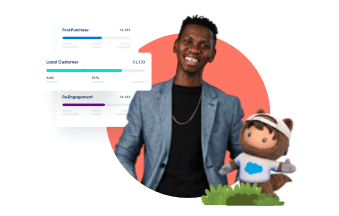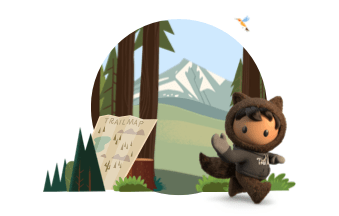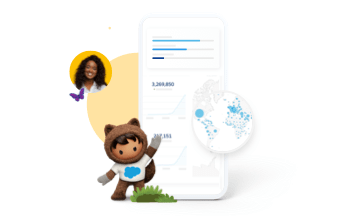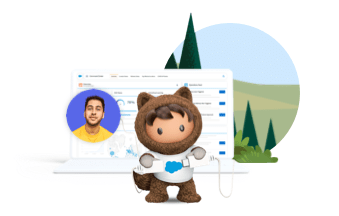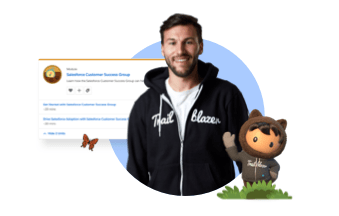Your Guide to Customer-Focused Technology
How to build a technology roadmap around your customers, from vision to integration to adoption.
Executive Vice President, Customer Success
No matter the business leader I talk to, without a doubt, their top priority is to deliver value for their customers. And now more than ever, this value needs to be delivered consistently and it needs to be delivered FAST!
This means making your customers happy is everyone’s job.
Encouraging and supporting your teams to think, act, and operate with a customer-centric approach requires alignment across your organization’s processes, culture and mindsets, and of course, your technology.
In order to successfully do this, your employees need the right tools, powered by the right data. You also need to confidently put your customers front and center with a scalable solution supported by an operating model to ensure accountability across every touchpoint.
In this guide, we share how to work toward a lean, cloud-based tech stack that’s focused on achieving a single view of your customers. We also reveal how improving your employee experience leads to a better customer experience. Because when your employees are more productive and effective in their work, they can deliver the connected experiences your customers want and deserve.
Is your IT focused on products or customers?

CRM is fragmented across the organization, contributing to silos.

CRM is fragmented across the organization, with a few, many, or all departments having their own CRM

organizational silos negatively impact the quality of customer/prospect experiences

A new direction: Say hello to the lean, customer-focused technology stack.
Technology generates the reach and scale you need to effectively engage with customers where they are. However, moving away from legacy technology debt and refocusing IT on innovation (versus systems maintenance) is an essential part of putting customers first. The key is to replace traditional product-centric IT architecture with a truly customer-centric approach.
Your CRM platform will play a central role. That’s because an integrated CRM system that’s used across departments:
- Consolidates the number of tools needed for your workforce to do its work.
- Empowers employees closest to customers to deliver the right experiences at the right time.
- Delivers insights and recommendations, not just data.
- Makes customer data easily shareable.
- Keeps you flexible and connected in an age of APIs, IoT, and the platform economy.
Admittedly, making the transition takes some work. Customer-centered transformation is a journey spanning people, process, and IT that requires evolving legacy mindsets and bridging organization and information silos to put customers front and center.
This same goal has driven our evolution at Salesforce: to help companies break down the traditional silos that often exist between marketing, sales, commerce, service, and IT teams. We do this with Salesforce Customer 360, one integrated CRM platform that gives everyone a shared view of their customers.


Discover Salesforce Customer 360
Learn how to unite your whole company around your customers.

Guide
COVID-19 Response Playbook
More Resources

Guide
The Transformation Playbook

Guide
Transform the Customer Experience
